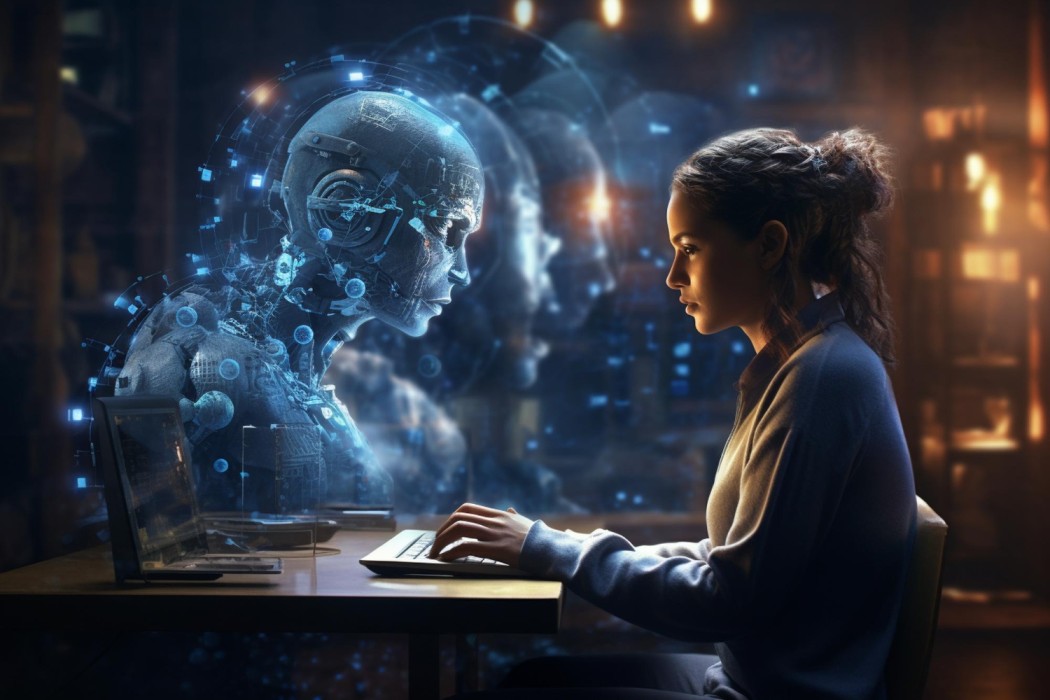Have you heard the buzz about AI design tools? They’re popping up everywhere, from AI tools for logo design to website builders. But with all this new tech, some wonder: are these AI design tools friends or foes for designers?
AI as a Superpower Sidekick
The good news is, that AI design tools are more like awesome sidekicks. Here’s how they can give designers a boost:
– Reduced Busywork: Remember the countless logo variations you used to churn out? Logo design AI tools can tackle these repetitive tasks, freeing you to focus on the strategic and creative aspects of design. Think of it as gaining an extra pair of hands to handle the mundane.
– Sparking Inspiration: Feeling creatively stuck? AI tools for graphic design can ignite new ideas by generating unexpected design options. It functions as a brainstorming partner, throwing out wild ideas to get your creative juices flowing again.
– Design for Everyone: AI design tools are becoming so user-friendly that even non-designers can create professional-looking things. This opens the door for more people to play in the design world, which is pretty cool.
The Not-So-Super Stuff
While AI offers numerous advantages, it’s not without limitations:
– Job Zappers? Some people worry AI will take away design jobs. While it might automate some tasks, the human touch – understanding emotions and creating meaningful designs – will always be irreplaceable. The future is about humans and AI working together, not robots taking over.
– Biased Bots? If AI tools are trained on biased data, they might create biased designs. Designers need to use these tools with a critical eye and ensure fairness in their creations.
The Future is Bright (and Collaborative!)
The future of design lies in humans and AI working together as a cohesive team. Here’s a glimpse into what’s on the horizon:
– The Rise of the AI-Savvy Designer: Designers who can master AI tools and recognize their limitations will be highly sought-after. They’ll use AI design tools for insights, explore new possibilities, and free up their time for strategic thinking.
– Data-driven Design Decisions: Data will become even more important, helping designers make informed decisions and create designs that resonate with users. Think of data as your secret weapon for crafting designs that hit the mark.
– Personalized User Experiences: Imagine websites and apps that adapt to your individual needs. AI will make this a reality, creating a hyper-personalized user experience that feels custom-made for you.
AI Design Tools – Friends, Not Foes
So, are AI design tools friends or foes? The answer is clear: they’re friends! By embracing AI as a partner, designers can unlock a world of creative possibilities, work smarter, and create user-centric designs that get results. After all, isn’t that what design is all about?
And at TALKD, our graphic designers are early adopters of AI design tools. We view it as a powerful tool that enhances our creative process, not replaces it. We leverage AI tools for graphic design, data-driven insights, explore design possibilities, and free up time for strategic thinking. This human-AI collaboration ensures our designs are not only beautiful but also user-centric and deliver exceptional results for our clients.
Frequently Asked Questions
What are the benefits of using AI in design?
AI can handle repetitive tasks, spark new ideas, and make design accessible to non-designers. AI can only be seen and utilized as a helping tool.
Will AI take away design jobs?
AI might automate some tasks, but human creativity and emotional understanding remain irreplaceable.
How can AI inspire creativity in designers?
AI can help you generate random ideas and work as a brainstorming partner. It can help you when creativity is not flowing through you.
What are the limitations of AI in design?
AI can be biased if trained on biased data, and designers need to critically evaluate AI-generated designs.
What is the future of AI in design?
Collaboration between humans and AI, data-driven design decisions, and personalized user experiences are key trends.
